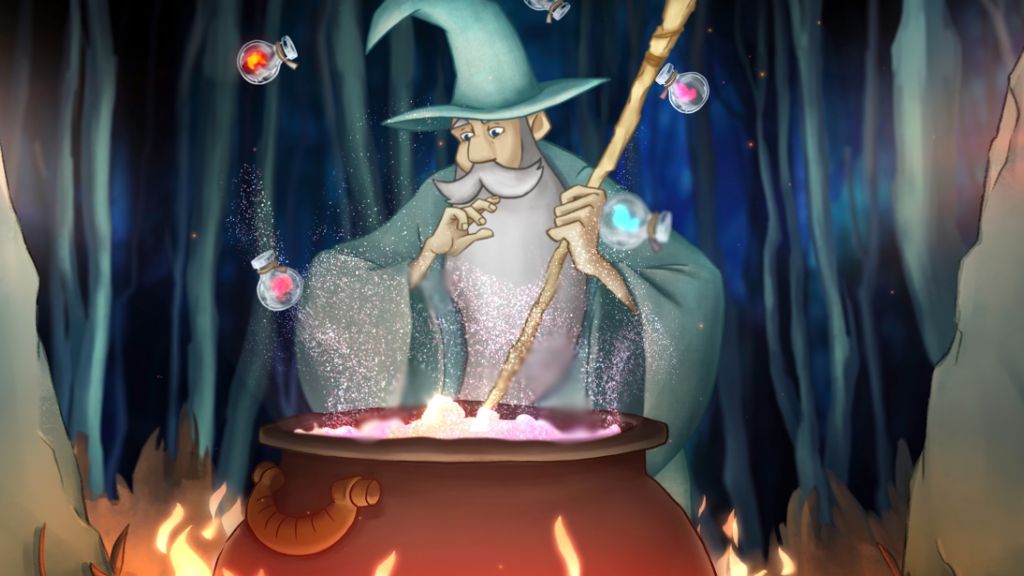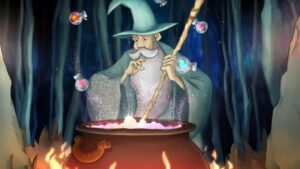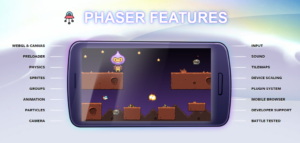HTML5 Animation Workshops: Unlocking Creative Potential in Game Design
With the rapid evolution of technology, the intersection of animation and game design has become increasingly complex and dynamic. HTML5, as a standard for crafting interactive web content, presents an invaluable opportunity for aspiring game designers to unlock their creative potential. This article delves into the significance of HTML5 animation workshops, their structure, and the ways in which they can foster creativity and innovation in game design.
The foundation of effective game design lies in a robust understanding of animation principles. These workshops are not merely technical training sessions; they are carefully curated environments that cultivate creativity through collaboration, exploration, and application of knowledge. By leveraging HTML5, designers can create immersive experiences that engage players in ways previously unimaginable.
Understanding the Versatility of HTML5 in Animation
To appreciate the value of HTML5 in animation, it is crucial to dissect its capabilities. HTML5 provides a suite of technologies including the canvas element, SVG (Scalable Vector Graphics), and CSS3 animations. Together, these features afford game designers the ability to craft visually arresting animations and interactive narratives without the need for proprietary software plugins.
The canvas element, integral to HTML5, enables pixel manipulation and rendering of 2D shapes, images, and animations on a web page. This provides designers with unparalleled control over the animation timeline, allowing for intricate visual storytelling. Furthermore, with the emergence of powerful JavaScript libraries, such as GreenSock and CreateJS, animators can significantly enhance their workflows and achieve sophisticated animations with relative ease.
SVG compatibility offers even further versatility, allowing for resolution-independent graphics that maintain clarity across various devices and screen sizes. This adaptability is paramount in today’s mobile-first world where user experience is intricately tied to visual fidelity. By utilizing CSS3, designers can add animations to interface elements, enhancing user engagement through visually stimulating transitions and effects.
Structured Learning: The Framework of HTML5 Animation Workshops
A well-structured HTML5 animation workshop typically encompasses several key components, each designed to optimize the experiential learning process. The curriculum usually features introductory lessons on animation concepts, hands-on coding sessions, collaborative projects, and critique sessions to refine techniques and concepts.
Beginning with foundational topics, participants familiarize themselves with core animation theories, including timing, spacing, and the principles of dynamics. Workshops often incorporate historical context, illustrating how traditional animation techniques align with digital processes. Once a solid foundation is established, participants progress to practical coding exercises, where they learn to animate using HTML5 and accompanying technologies.
The hands-on coding sessions are pivotal, allowing participants to translate theoretical knowledge into practice. Engaging with real-world scenarios exposes designers to the challenges and triumphs inherent in animation. This collaborative environment fosters creativity as participants work together to brainstorm ideas, troubleshoot issues, and iterate on their designs.
Feedback and critique sessions serve as an essential nexus for professional growth. Feedback from peers and instructors creates an environment conducive to inventive thinking and encourages participants to view their work through the lens of varied perspectives. This process demystifies the obstacles that often impede creative progress, instilling confidence in the participants to pursue audacious design choices.
Inspiring Creativity through Collaborative Projects
One of the most compelling aspects of HTML5 animation workshops is the emphasis on collaboration. Through group projects, participants harness the power of collective creativity to produce authentic design experiences. These projects emulate real-world game design workflows where collaborative spirit and synergy are fundamental to success.
Working together also allows participants to assume various roles within their teams, thereby providing insight into the multifaceted nature of game development. Whether one is coding intricate animations, designing user interfaces, or contributing to the narrative framework, diverse skill sets come into play, culminating in a rich tapestry of ideas and solutions.
Collaborative projects often culminate in public presentations, which serve dual purposes. They not only allow participants to showcase their work but also engender a sense of accountability. When faced with an audience, creators aspire to elevate their output, resulting in a more polished final product. The resultant camaraderie and shared experience forge lasting connections, often leading to future collaborations and professional relationships.
The Role of HTML5 Animation Workshops in Career Development
From a career perspective, participating in HTML5 animation workshops can significantly enhance professional trajectories. As the demand for skilled animators continues to rise, mastery of HTML5 is a powerful asset. Game designers proficient in HTML5 can navigate the intricate landscape of web-based gaming, expanding their employability and marketability.
Moreover, the workshops foster essential soft skills such as teamwork, communication, and problem-solving, all of which are vital in professional settings. Employers frequently seek candidates who not only possess technical acumen but are also adept in collaborative environments. The ability to convey ideas effectively and navigate project dynamics sets workshop participants apart, providing them with a competitive edge.
Captivating Portfolios: The Fruits of Workshop Experience
Another crucial aspect of HTML5 animation workshops is the opportunity to build a compelling portfolio. Aspiring game designers can showcase projects created during workshops as tangible demonstrations of their skills. A well-curated portfolio serves as a critical component of the job application process, illustrating both technical prowess and creative vision.
Creating interactive game demos or animations through HTML5 also allows designers to experiment with different styles and genres. This diversity not only enriches their portfolio but also aids in the development of a unique artistic voice. Prospective employers often appreciate candidates who exhibit versatility and innovation in their work, as it reflects adaptability in a continuously evolving industry.
Conclusion: Embracing the Future of Game Design
The interactive nature of HTML5 animation workshops opens a myriad of doors for creativity and professional development in game design. By harnessing the power of technology, workshops unlock potential that might otherwise remain dormant. Participants emerge not only with heightened animation skills but also with enhanced collaborative abilities and professional networks that can catalyze future endeavors.
As the landscape of game design expands, it becomes increasingly vital for aspiring designers to engage with contemporary tools and practices. HTML5 stands as a beacon of opportunity, and through dedicated workshops, individuals can transcend their creative boundaries, spearheading innovative projects that captivate users and revolutionize the gaming experience.



